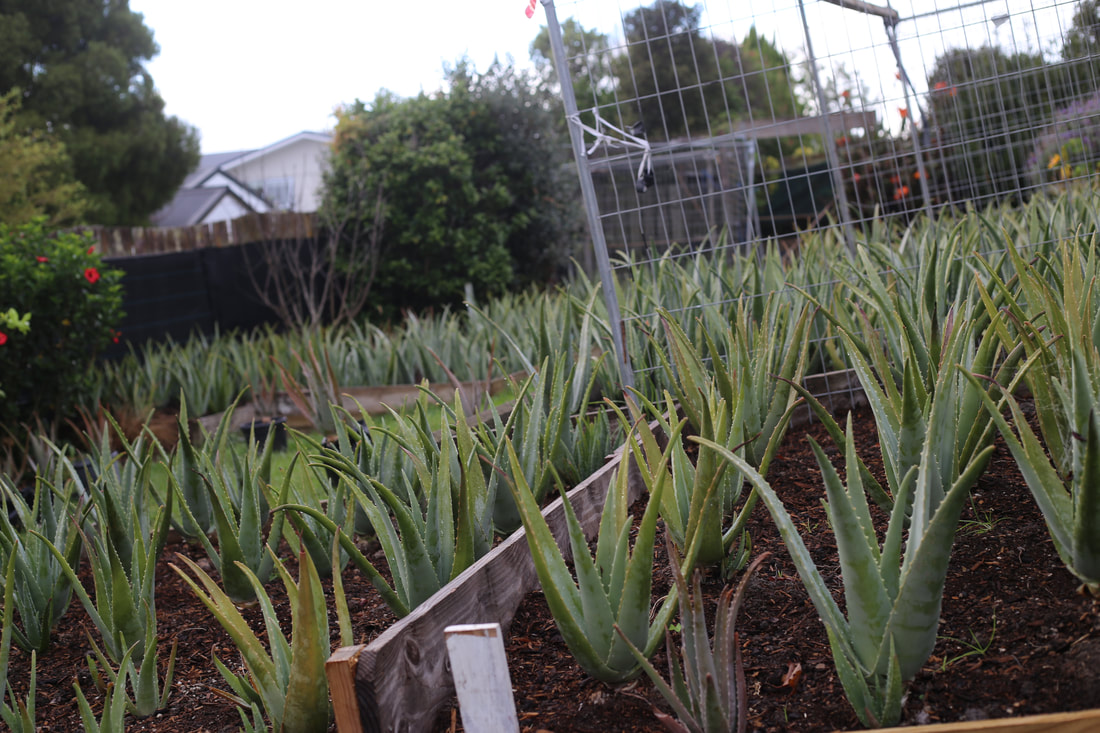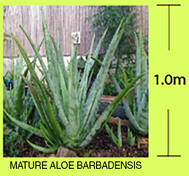|
Active components of Aloe Barbadensis-Miller with properties.
In most countries this species is called ALOE VERA. Aloe Vera contains 75 potentially active constituents: vitamins, enzymes, minerals, sugars, lignin, saponins, salicylic acids and amino acids including the highest and most effective natural plant based stimulation of your body's natural Collagen.
|


